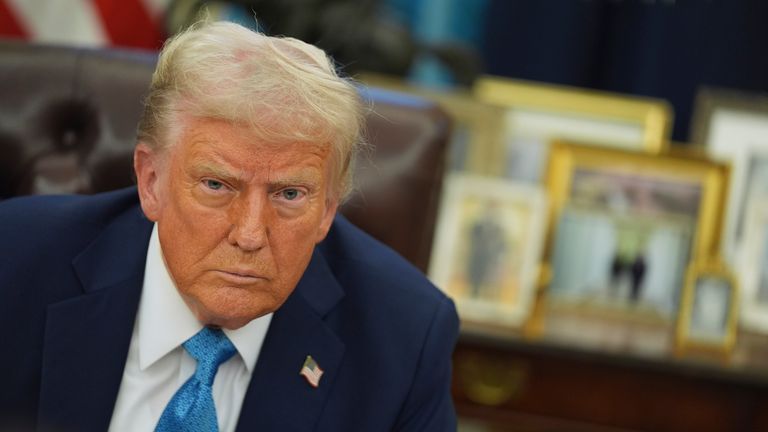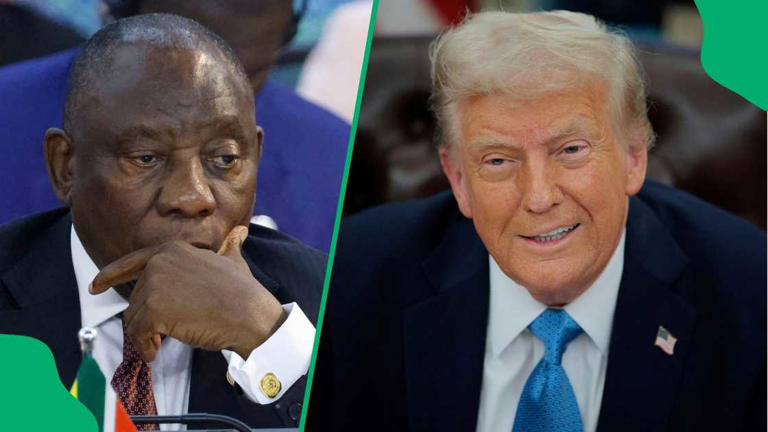In early February 2025, President Donald Trump announced significant tariffs on imports from Canada, Mexico, and China, marking a substantial shift in U.S. trade policy. The imposed tariffs are 25% on goods from Canada and Mexico, with a reduced rate of 10% specifically for Canadian energy products. Imports from China are subjected to a 10% tariff. These measures are intended to pressure these nations to address issues such as illegal immigration and the influx of fentanyl into the United States.
Economic Implications:
While the administration argues that these tariffs will protect American industries and enhance national security, there are concerns about potential economic repercussions. Critics warn that the increased costs for importers may be passed on to consumers, leading to higher prices for various goods, including automobiles, electronics, and food items. Estimates suggest that the average American household could see annual expenses rise by $1,000 to $1,200 due to these tariffs.
Political Reactions:
The tariffs have sparked a debate within the Republican Party. Some members support the move as a strategic negotiation tool, while others express concern over potential economic drawbacks and the departure from traditional free-trade principles. Senator Rand Paul, for instance, has criticized the tariffs, labeling them as disguised taxes that could harm consumers.
International Responses:
Canada and Mexico have both indicated plans to retaliate against the U.S. tariffs. Canadian Prime Minister Justin Trudeau announced that Canada would impose 25% tariffs on a range of American goods, including liquor, vegetables, clothing, and household appliances. These countermeasures are designed to pressure the U.S. to reconsider its tariff strategy.
Market Volatility:
The announcement of the tariffs has led to increased volatility in global financial markets. On the day following the announcement, the Australian stock exchange experienced a $50 billion loss, and the Australian dollar fell to a five-year low against the U.S. dollar. Analysts predict that such market fluctuations may continue as the situation develops.
Conclusion:
President Trump's recent tariffs represent a significant escalation in trade tensions with key U.S. partners. While intended to address pressing issues like illegal immigration and drug trafficking, these measures carry the risk of economic disruption both domestically and internationally. The full impact of these tariffs will unfold in the coming months as affected nations respond and global markets adjust.

.jpg)








